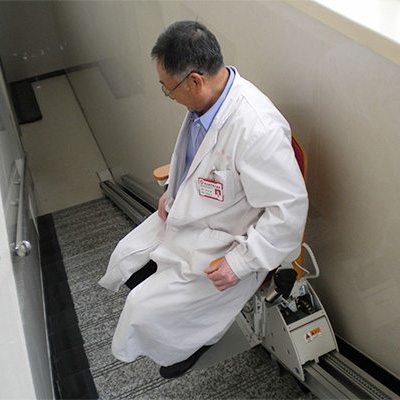
Curved stair lifts and traditional elevators are both types of mobility devices used to help individuals move between different levels of a building. While both options serve the same purpose, there are some key differences between them that make each one unique.
One major difference between curved stair lifts and traditional elevators is their design and construction. Curved stair lifts are specifically designed to navigate around corners and curves in a staircase, allowing individuals to access multiple levels of a building without having to install a straight stair lift or elevator. Traditional elevators, on the other hand, are typically installed in a shaft or enclosure and move vertically between floors.
In terms of installation and construction, curved stair lifts are usually easier and less expensive to install compared to traditional elevators. Since curved stair lifts are mounted directly on the stairs, there is no need for extensive construction or renovations to install them. Traditional elevators, on the other hand, require a dedicated shaft or enclosure to be built, which can be costly and time-consuming.
Another key difference between curved stair lifts and traditional elevators is their space requirements. Curved stair lifts take up minimal space on the staircase, allowing for easy access for other individuals who may need to use the stairs. Traditional elevators, on the other hand, require a significant amount of space for the shaft or enclosure and machine room, which can take up valuable real estate within a building.
In terms of usage and convenience, traditional elevators may be seen as more user-friendly for individuals with mobility issues. Traditional elevators are typically equipped with larger platforms and can accommodate multiple passengers at once, making them ideal for individuals using wheelchairs or mobility scooters. Curved stair lifts, on the other hand, are usually designed for a single user at a time and may not be suitable for individuals with certain mobility devices.
